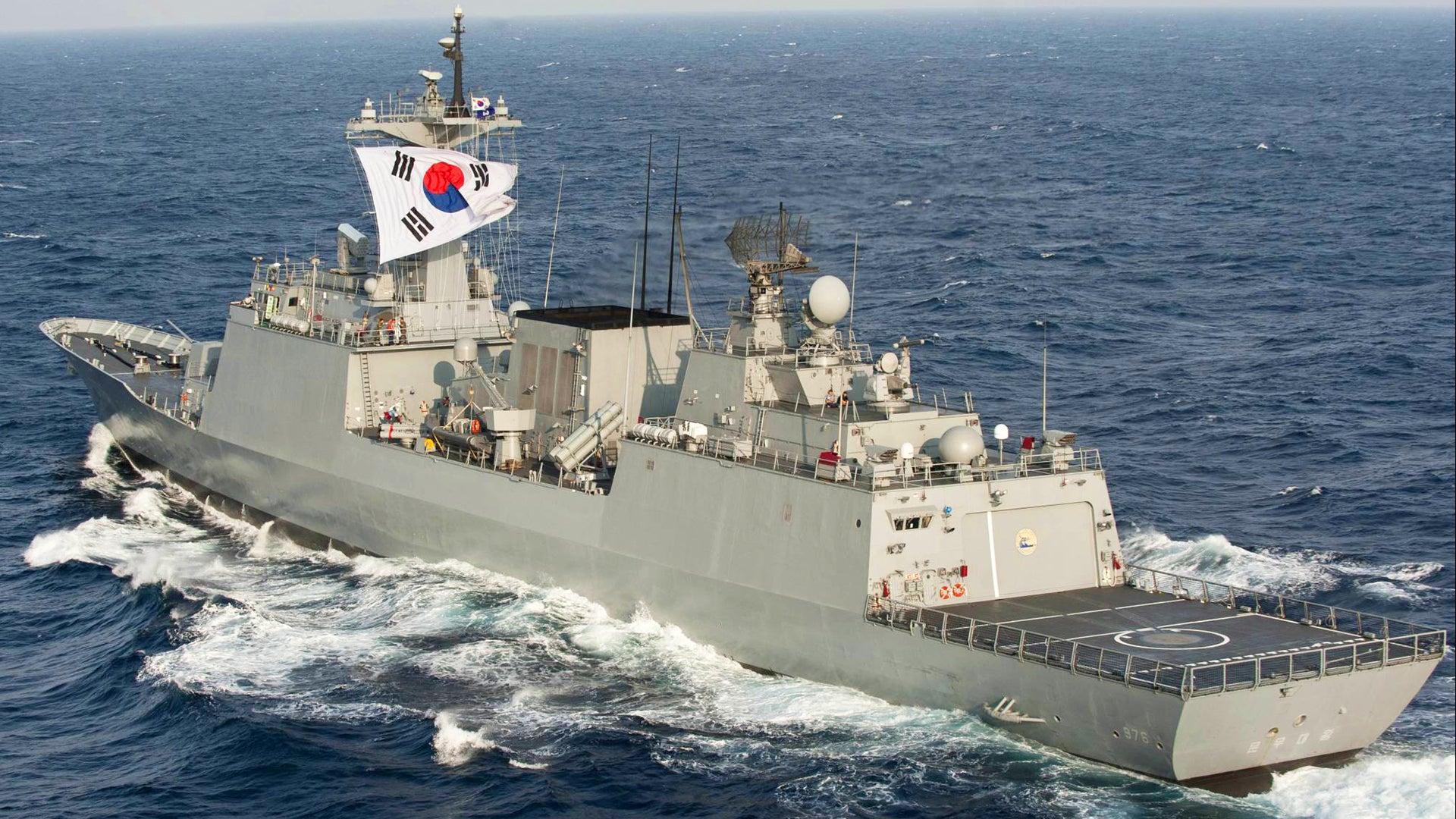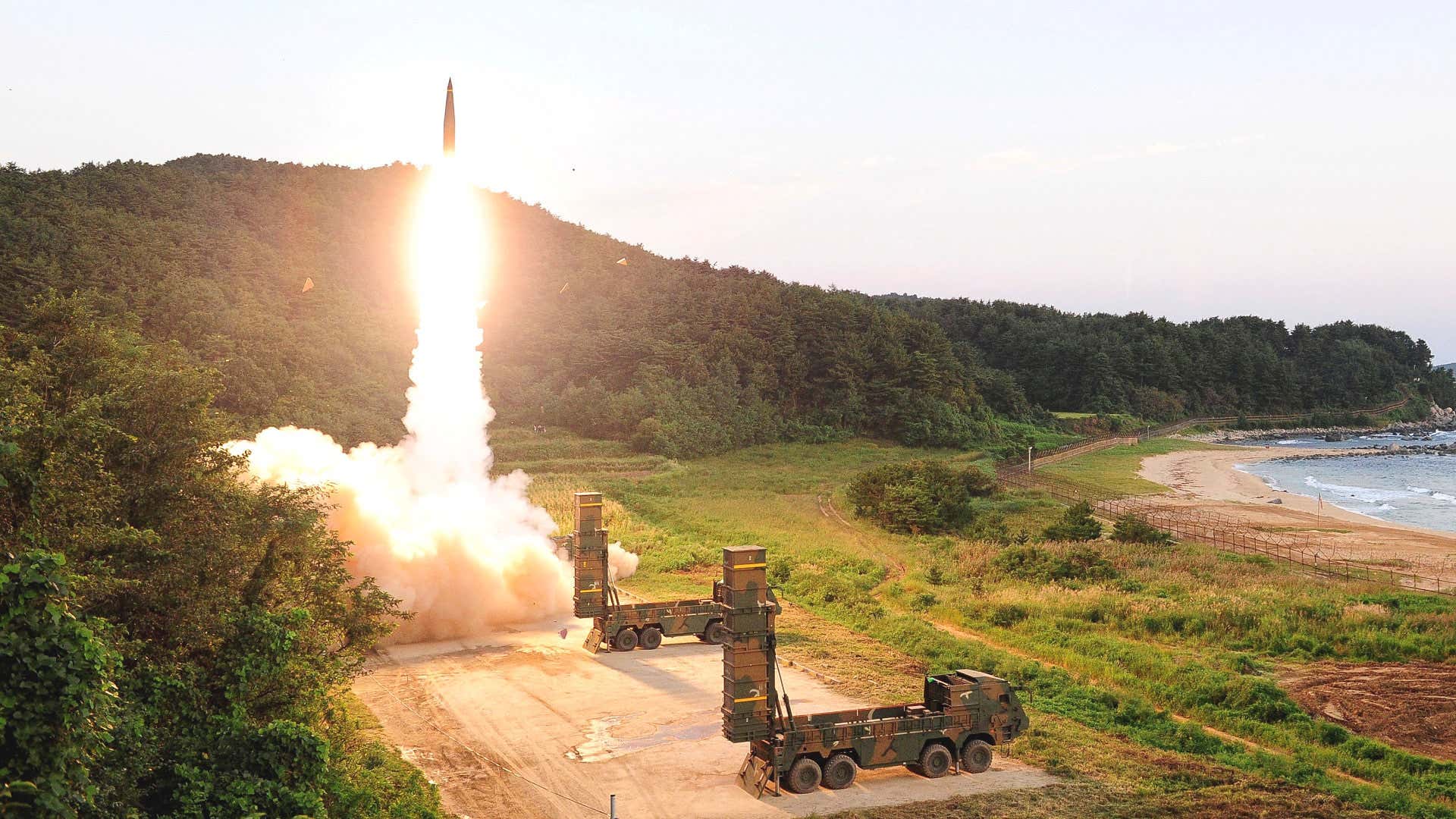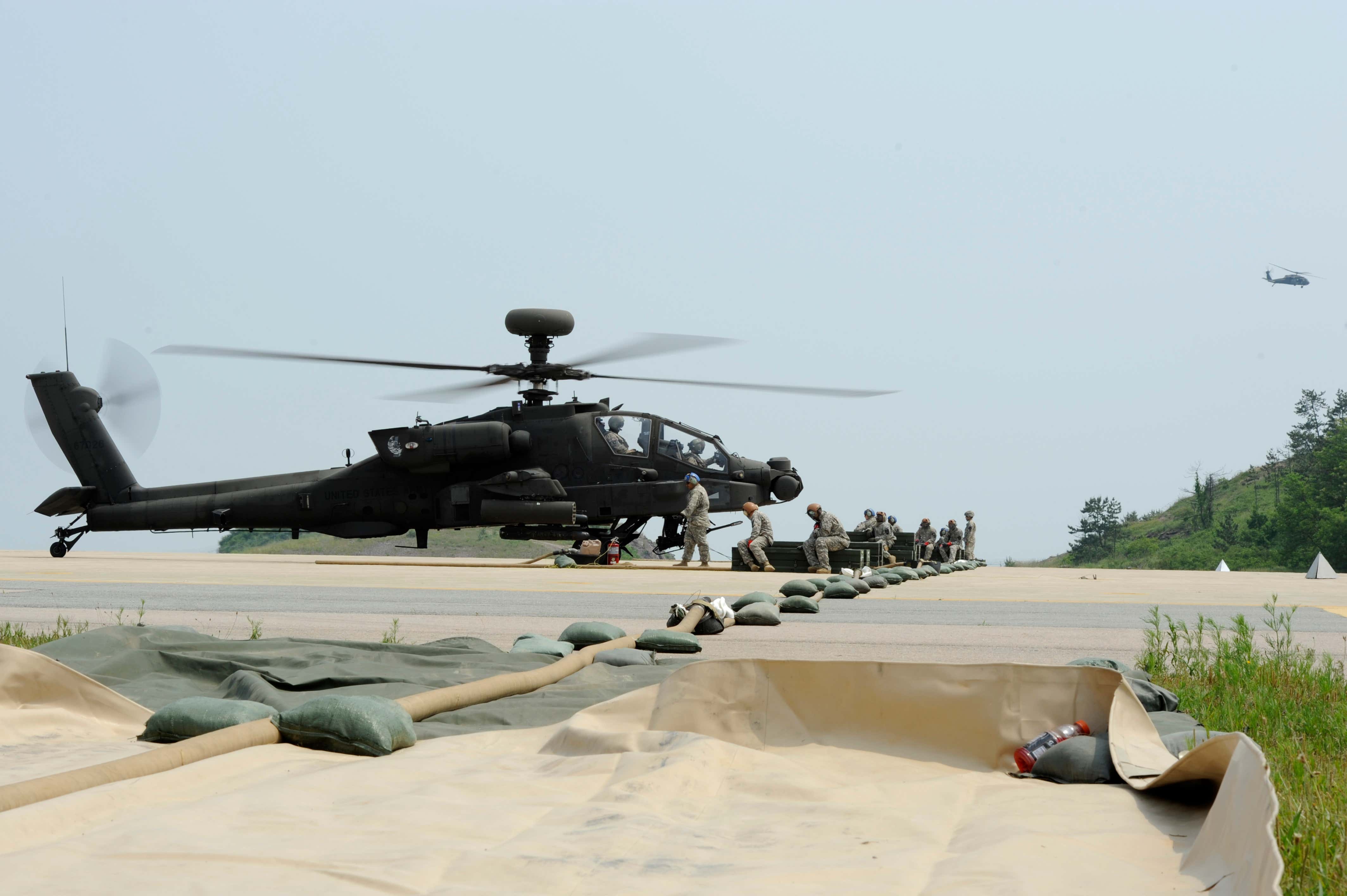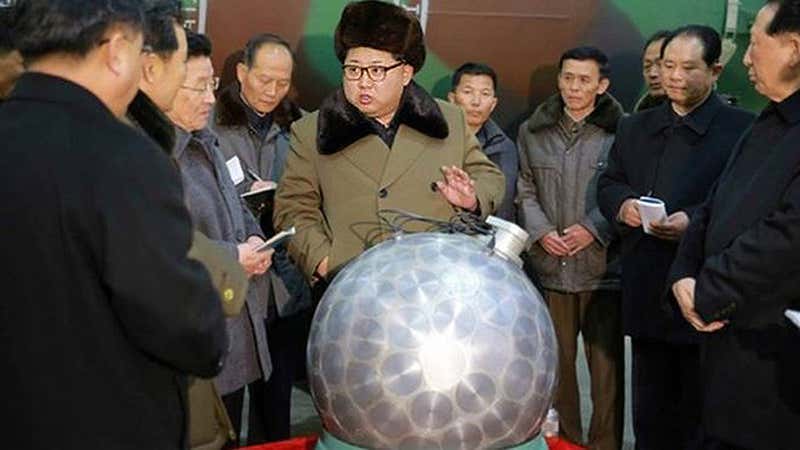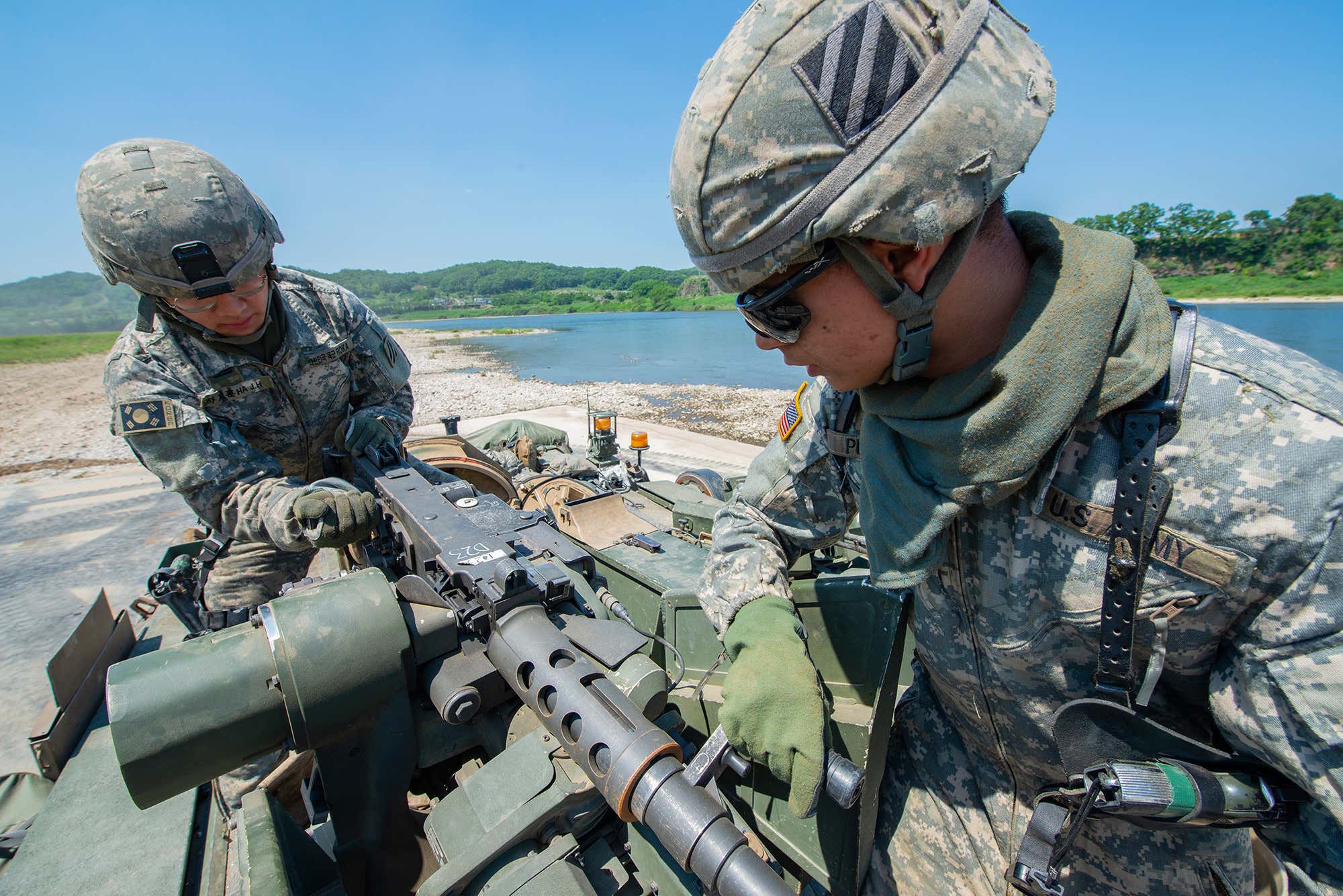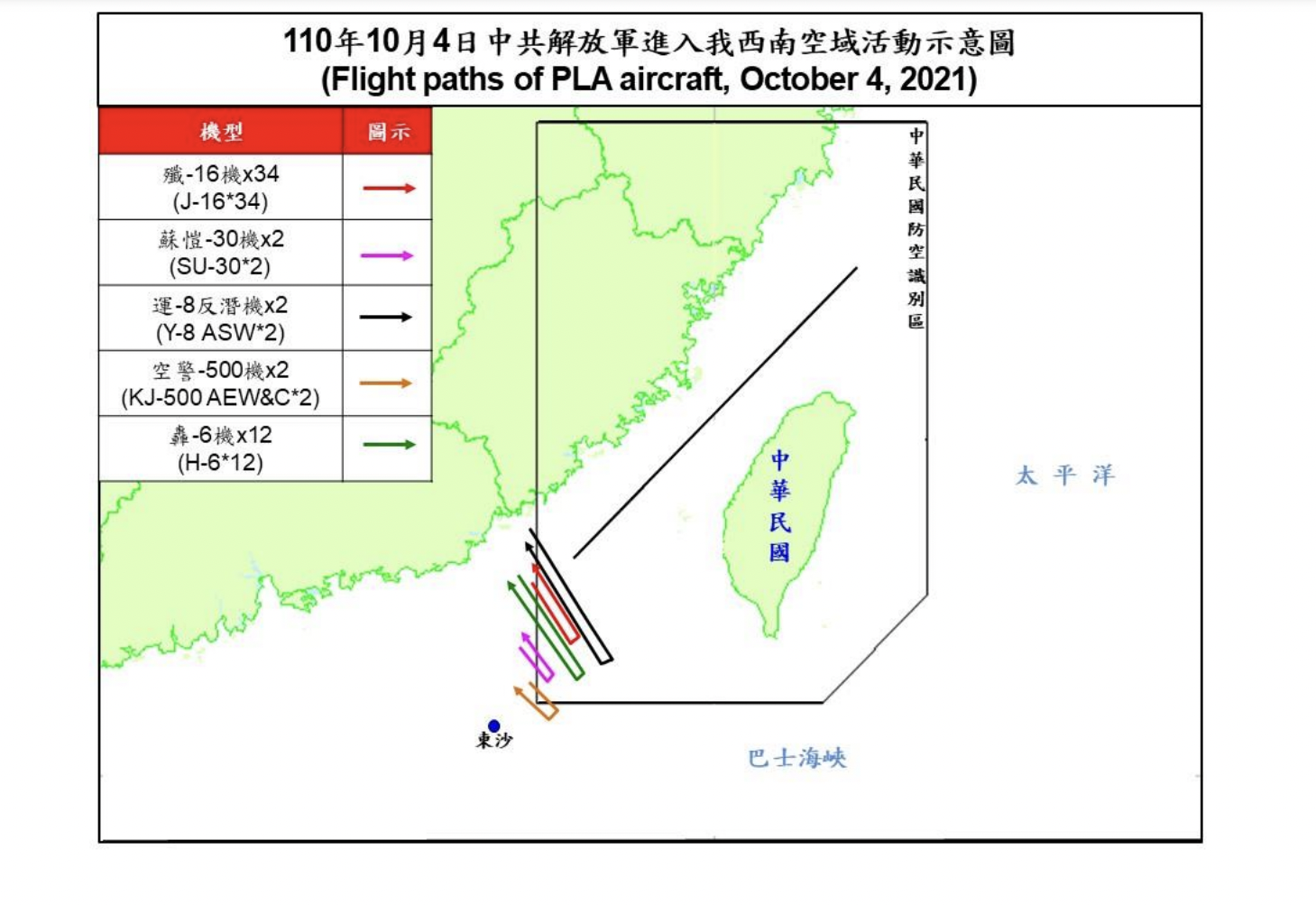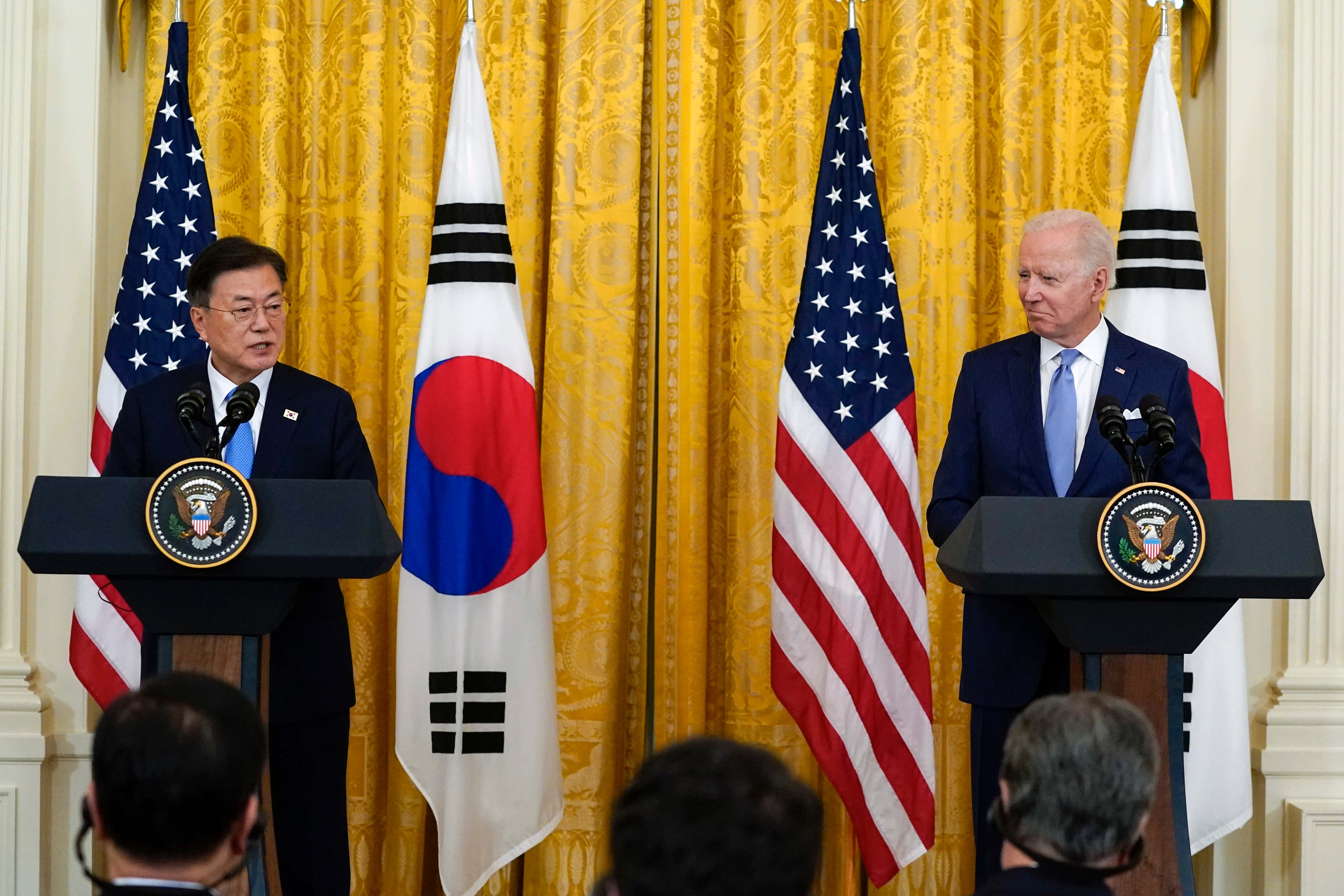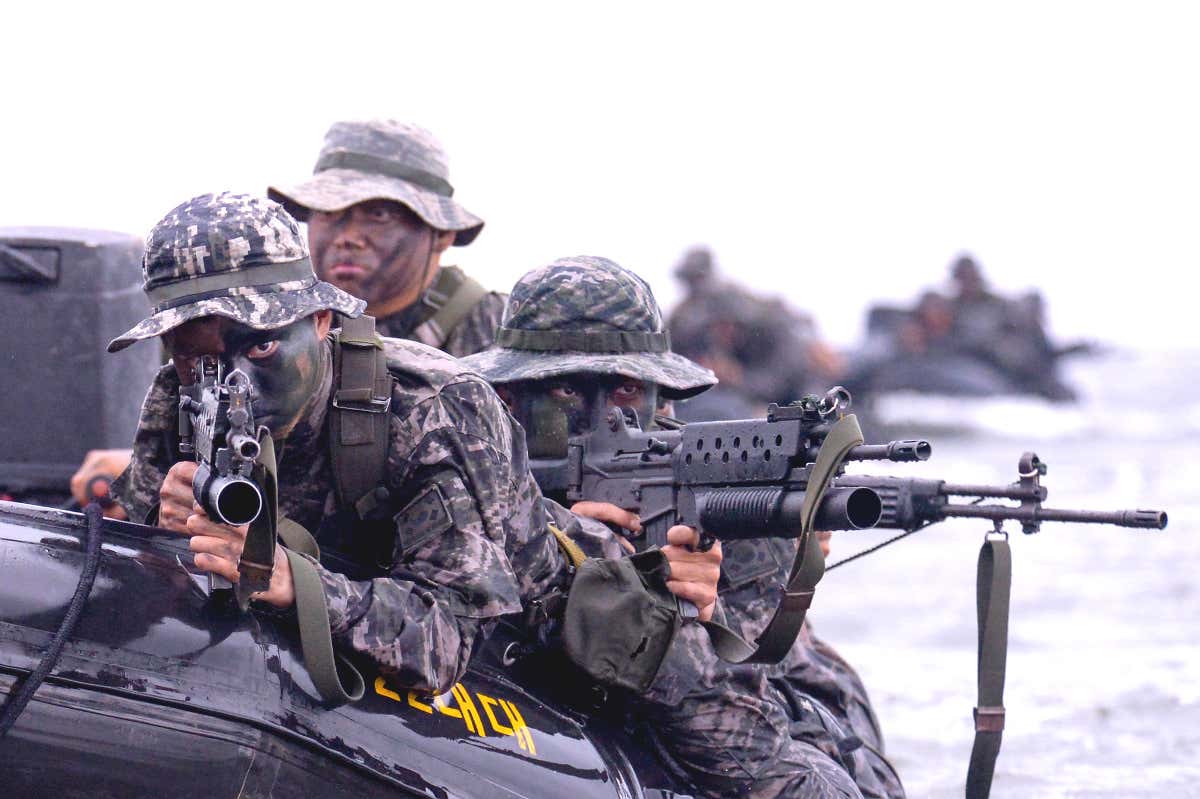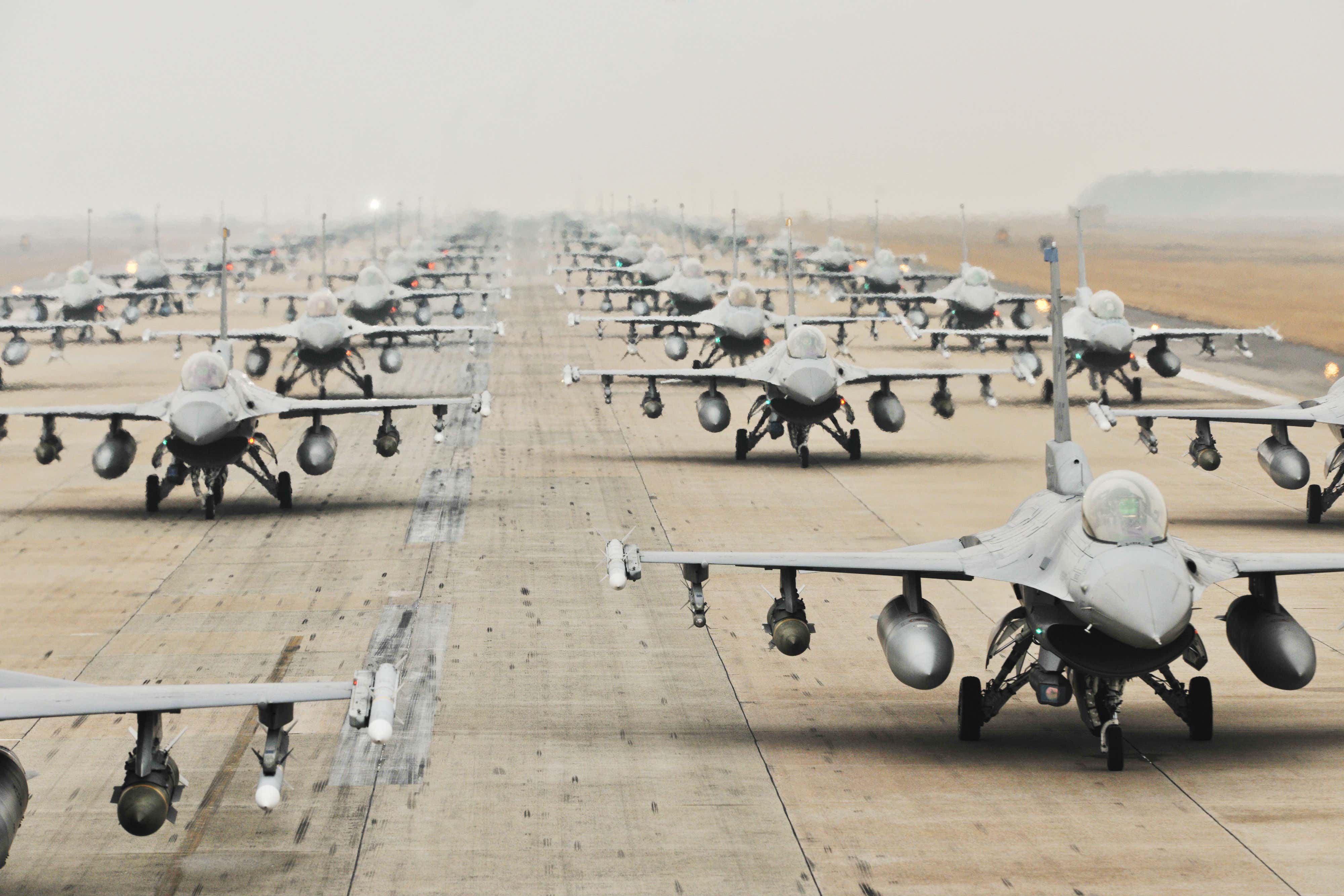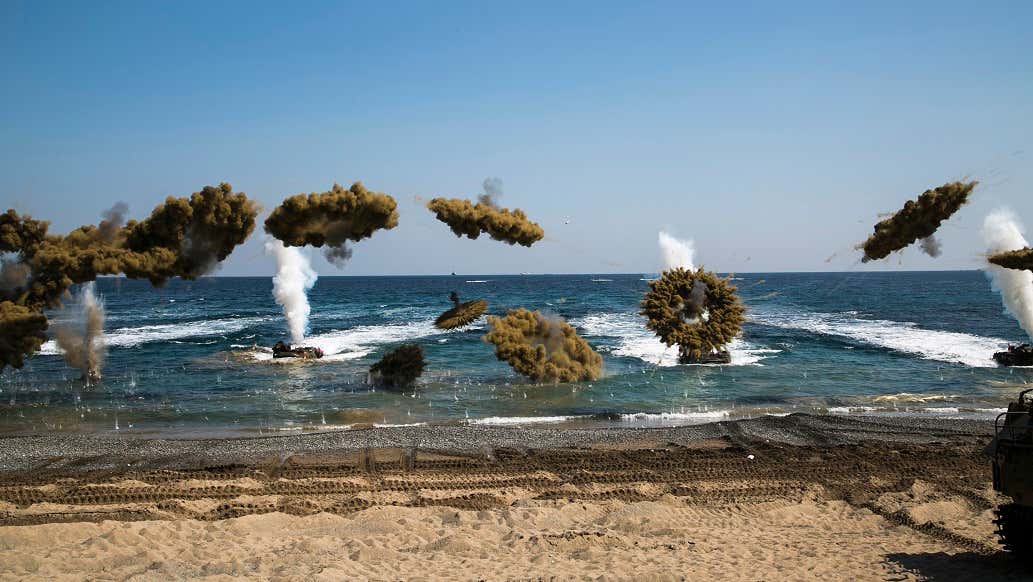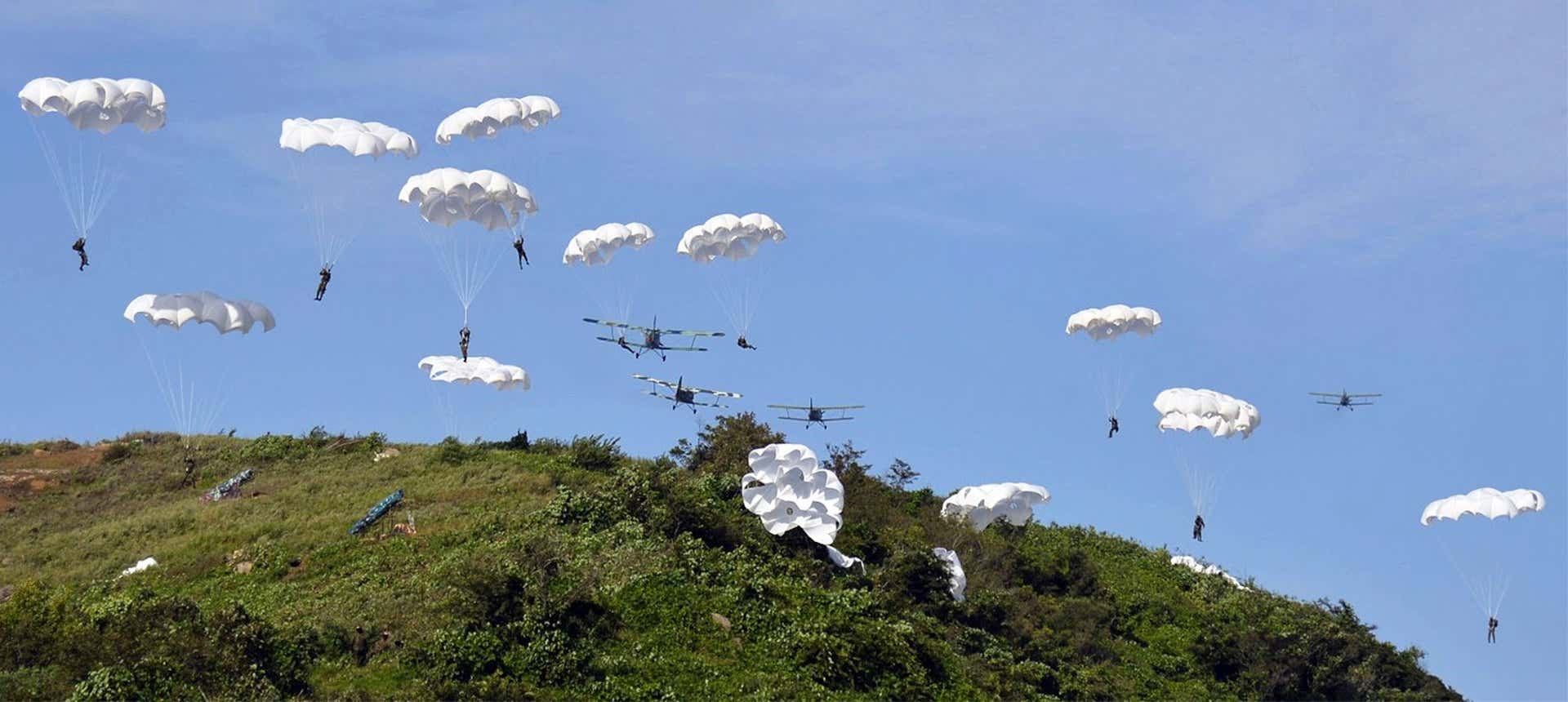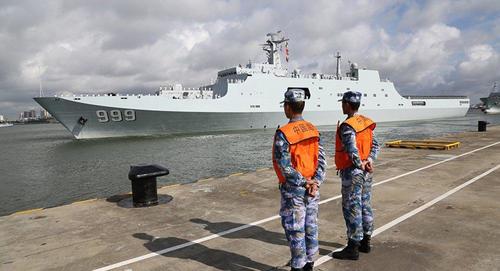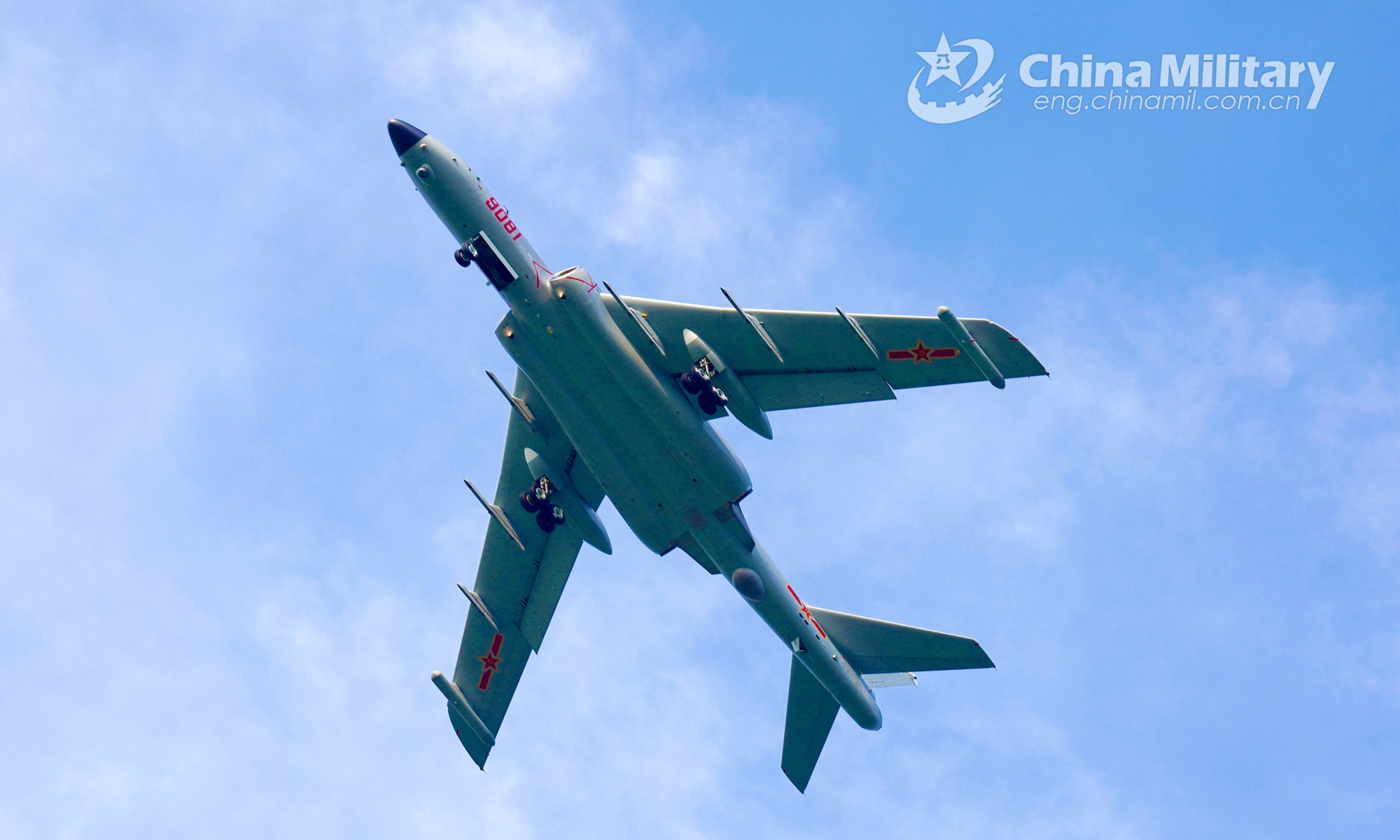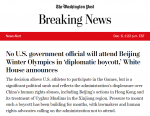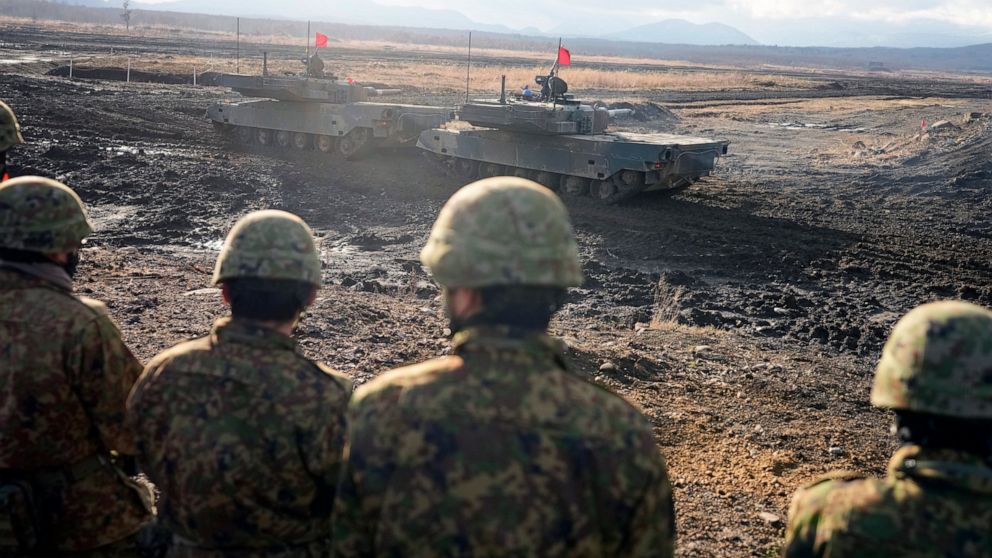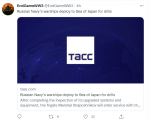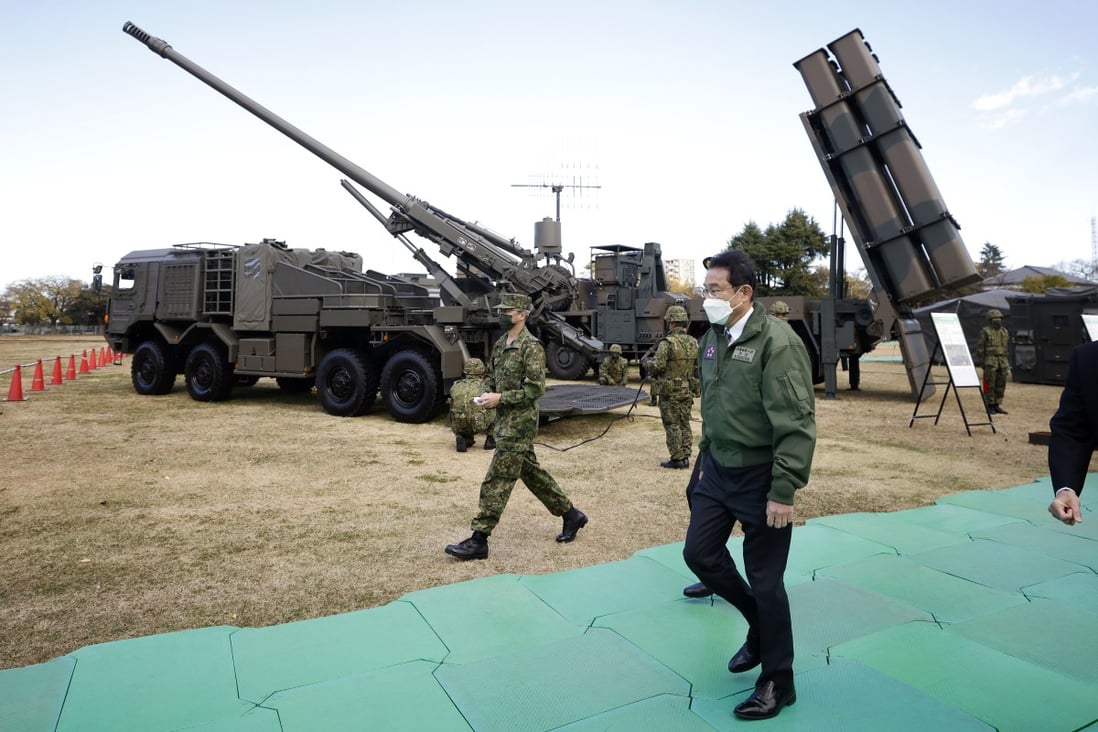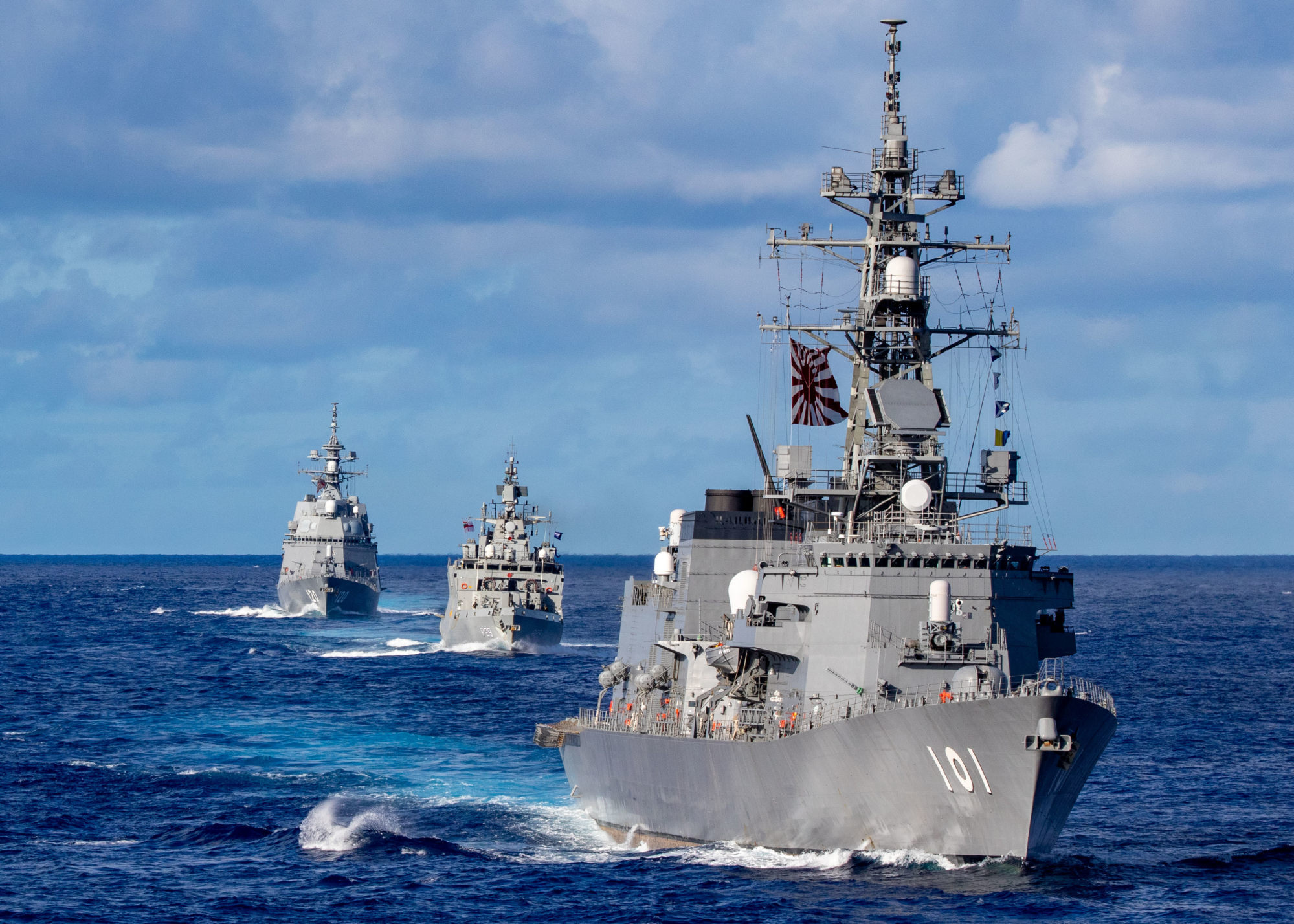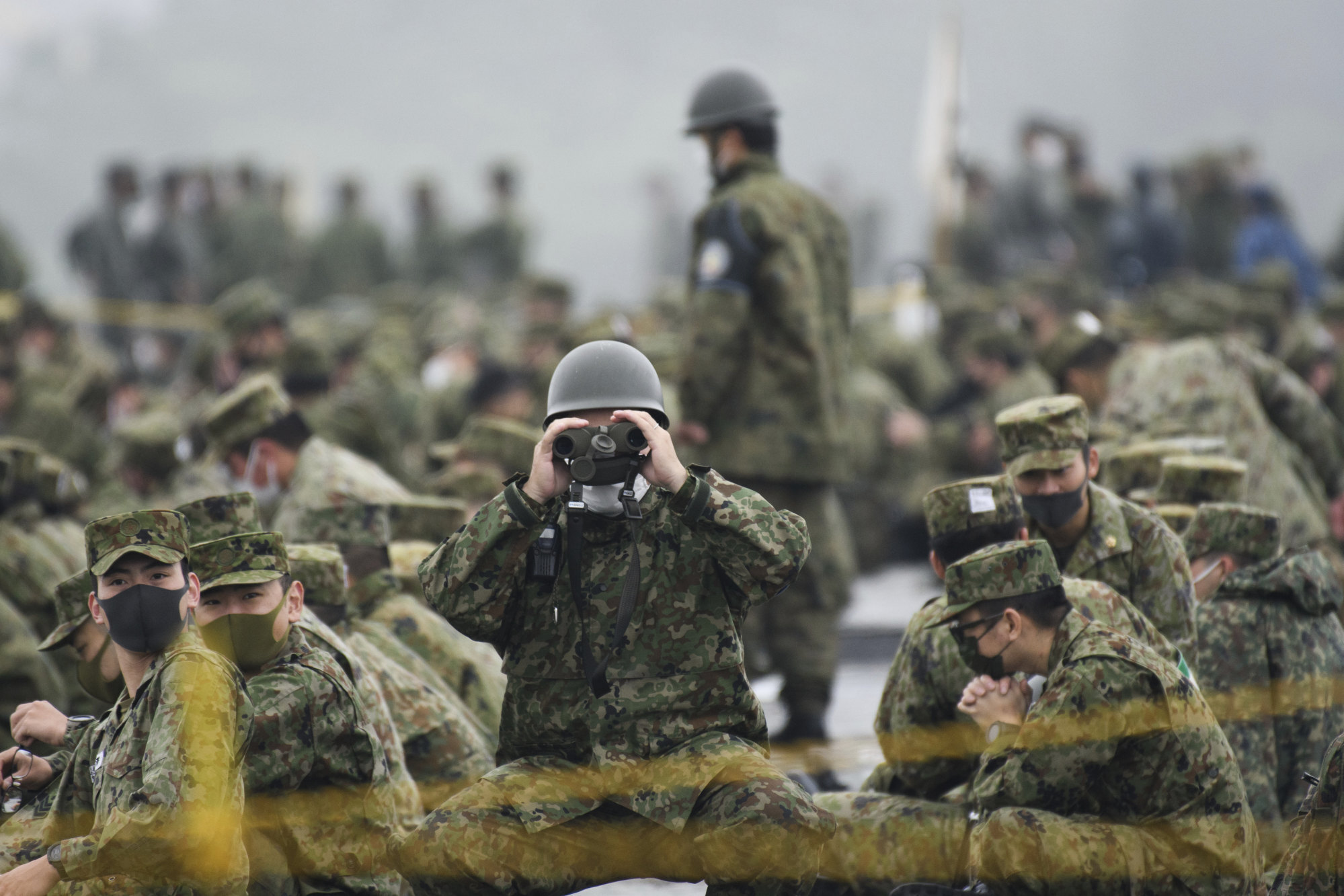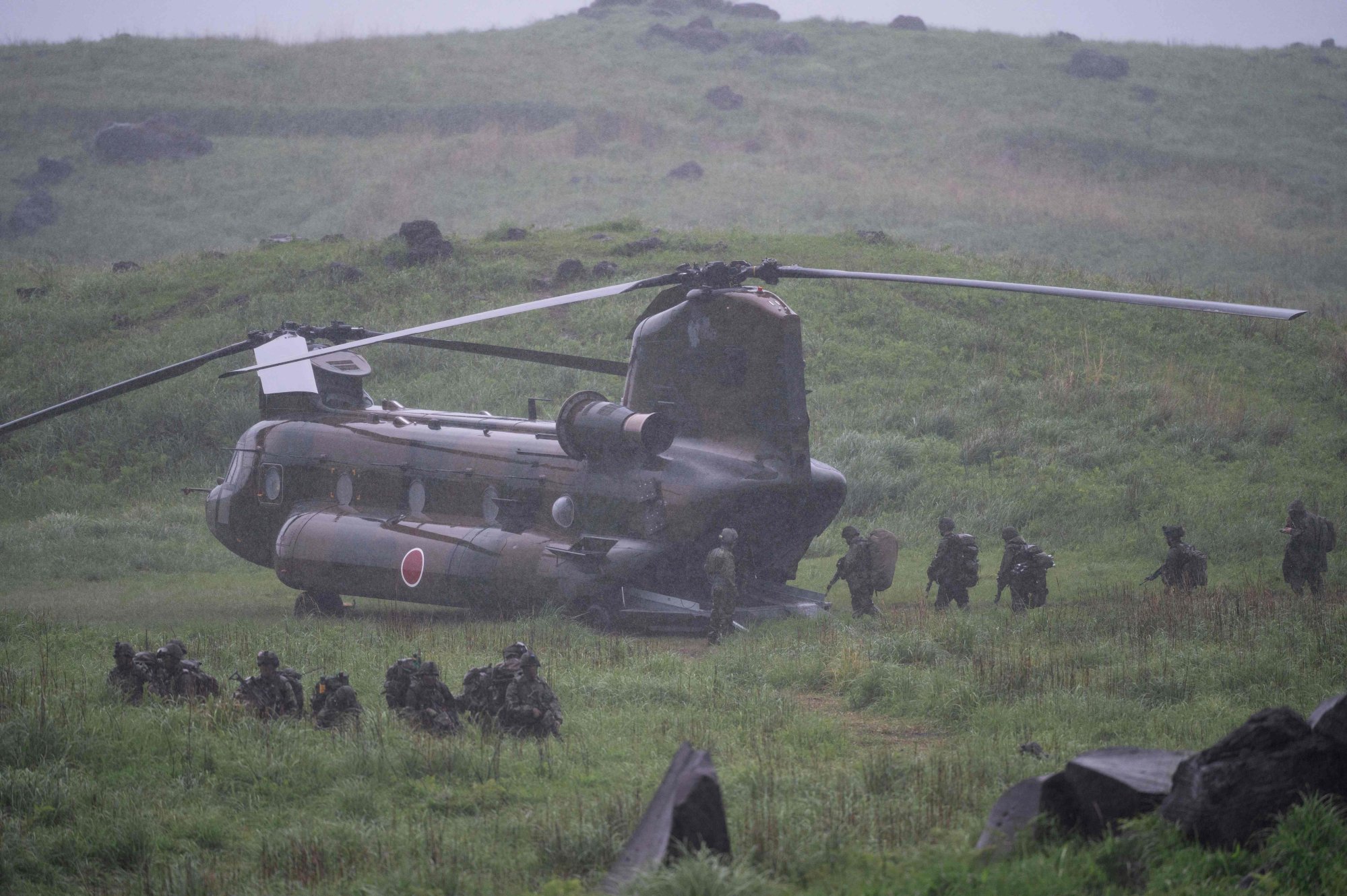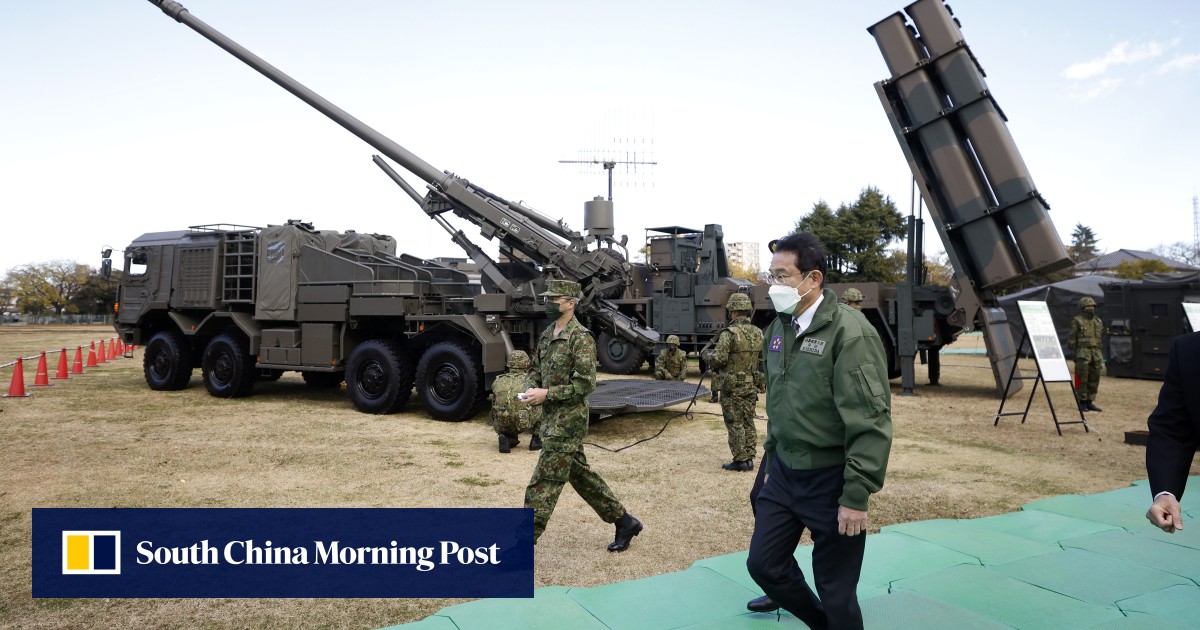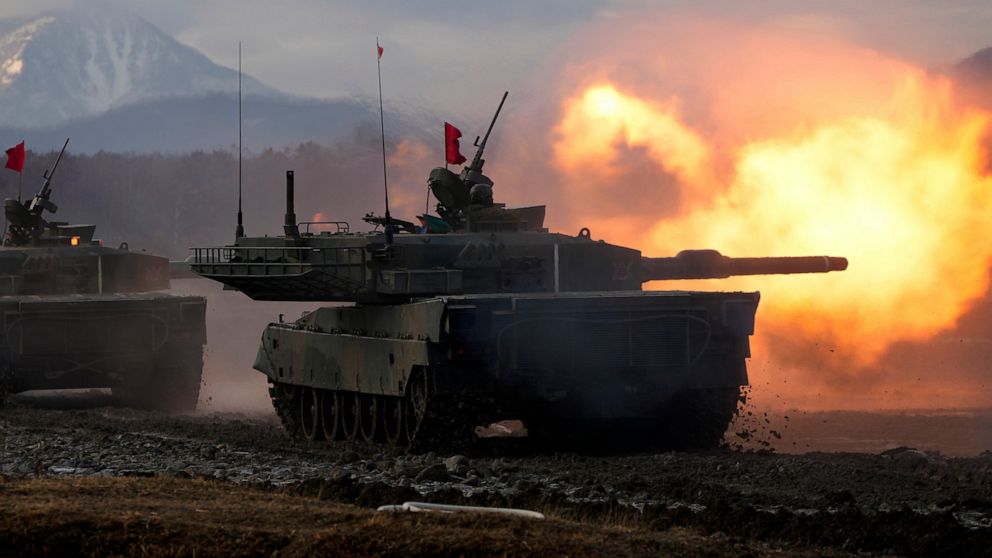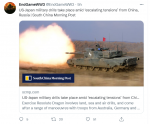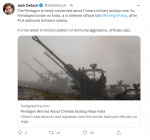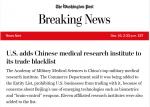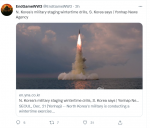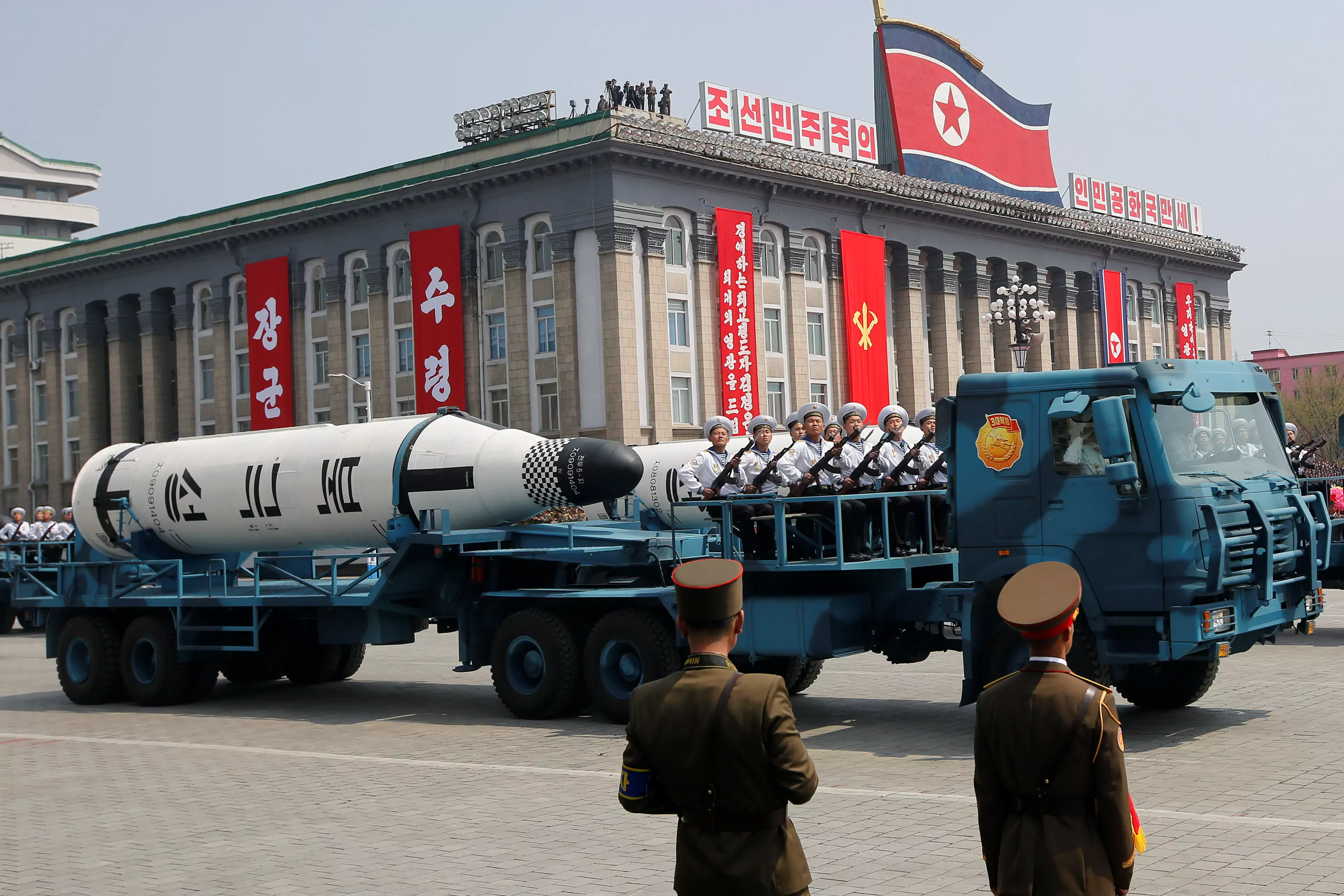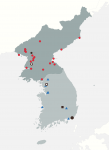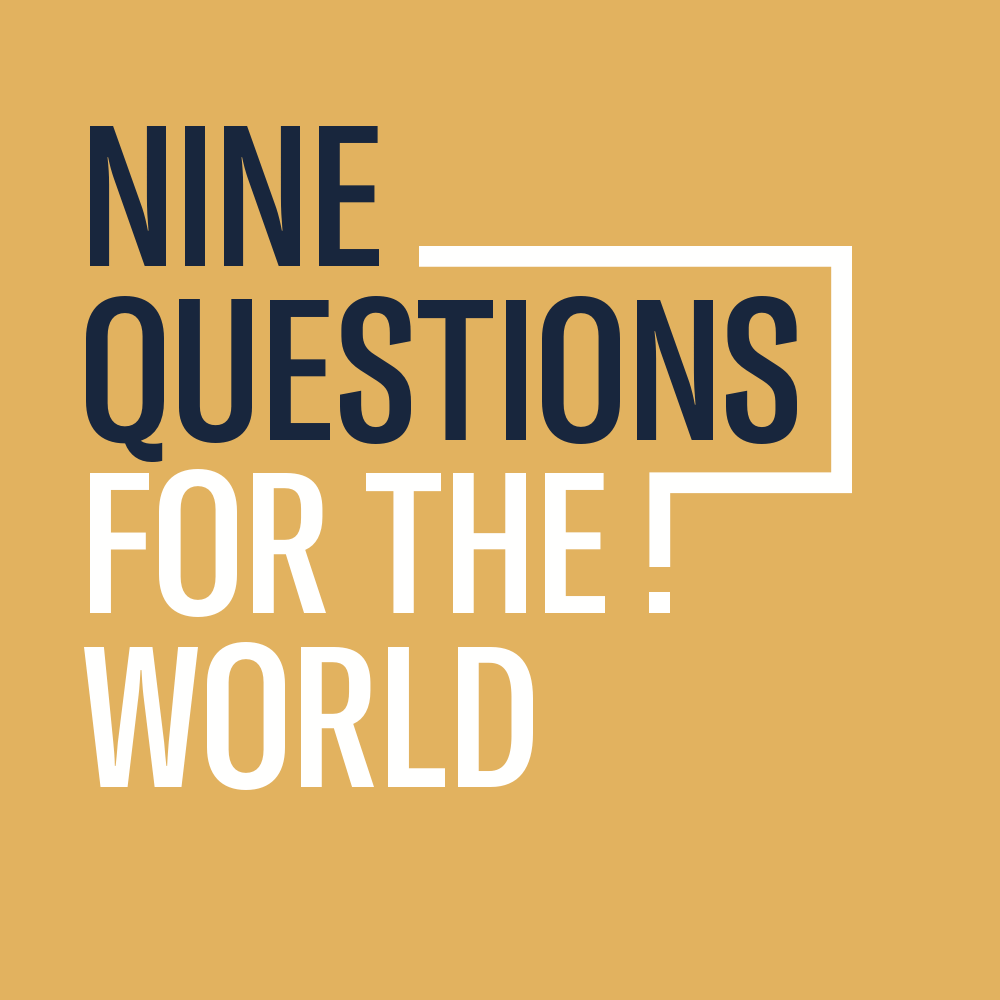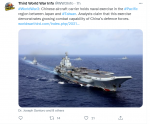Continued.....
Further, if defending the island is a bloody and difficult endeavor, reinvading the island after China takes Taiwan would be far worse (so difficult, in fact, that it may be beyond the scope of U.S. capability or strategic interests). The United States lost about 23,000 troops in its reinvasion of the Philippines. Even the most successful campaigns — for example, the U.S. landing at Incheon in 1950 — killed more U.S. personnel than died in all but four of the 20 years the United States was in Afghanistan. And while the battles of World War II and Korean War are from a different time technologically, these skills — mass landings, retaking lost territory, defending coastal positions, and warding off invasions of thousands of troops — have become historical relics rather than campaigns the U.S. military is prepared to conduct.
Why Don’t We Like Talking About It?
There are many reasons, even beyond America’s official foreign policy stance, why politicians and military leaders avoid talking about the Army in these kinds of Taiwan scenarios. Most obviously, discussing these possibilities requires speaking openly about the United States losing the first round of conflict. This scenario is a difficult pill to swallow, but one that is possible enough that — given recent discussions about changes in the U.S.-Chinese balance — it at least needs to be examined. Related, it is hard to believe that the U.S. military would put forces into exactly the kind of prolonged wars of denial and attrition that doctrine since Vietnam has tried to avoid. The underlying belief, drawn from Vietnam, that the American public has no stomach for significant loss of life has been a strong and enduring influence in U.S. military strategy and has led to a focus on qualitative technological superiority and campaigns of offense dominance. Indeed, the Army’s last defensively focused doctrine (a 1976 version of field manual 100-5, colloquially referred to as Active Defense) was largely rejected by the Army corps and replaced with the far more offensive AirLand Battle. This doctrine shift has influenced Army (and to some extent Air Force) acquisition strategies and campaigns ever since, leading to technologies and operations that optimize speed and overwhelming decisive advantage over defense and wars of attrition.
Focusing on defending or retaking territory is a hard shift for the Army. After the withdrawal from Afghanistan and facing a U.S.-Chinese competition that seems to play out on anything but land, the Army is struggling with an identity crisis perhaps as dramatic as its reinvention after the Vietnam War. Army doctrine and the public narrative both reveal this struggle. The Army’s most recent doctrine, Multi Domain Operations, waxes on about operations short of conflict and “layered stand-off,” while long-range precision fires dominated talks at the annual Association of the U.S. Army convention. The head of Army operations in the Indo-Pacific suggested Army training with allies in the region would help deter China from invading Taiwan. Together, the public discussion suggests an Army conception of itself in the U.S.-Chinese competition as an actor that vaguely threatens cooperation with Taiwanese forces coupled with long-range precision artillery as part of integrated deterrence to keep China from invading Taiwan.
None of these conversations confirm whether these actions could actually deter a revisionist China. Indeed, advisory forces and threats of long-range strikes have mixed records as signals of alliance commitment credibility. Additionally, all of these conversations stop short of articulating what the Army would do after deterrence fails. As Secretary of the Army Christine Wormuth candidly commented, “I’m not convinced that we have fully thought our way through all of the challenges we may face on the future high-end battlefield if deterrence fails.”
The focus on campaigns of offense dominance, coupled with an Army in the midst of an identity crisis, has left the United States without enough tools for the second phase of a conflict over Taiwan. The Army will need new weapons and operational strategies if it is going to defend or reinvade Taiwan. It will need to create new training concepts and capabilities for conflicts that involve defending or retaking territory against the world’s largest army. It will need to train with Taiwanese forces and invest in paradrop and other methods for infiltrating contested territory. Further, the Air Force and Navy will have to divert attention away from campaigns for air and naval superiority and instead support ground efforts, conducting close air support in contested airspace. While the United States has made great strides in modern close air support after its 20 years of war in Afghanistan and the Middle East, conducting close air support for major combat operations is a difficult endeavor and one that only a few training facilities in the United States are designed to hone.
It’s Time to Talk About the Army’s Role in a Taiwan Scenario
The Army can make a compelling argument for manning, equipping, and planning for this second phase of conflict, but it requires both a desire by the Army to change its focus and a political reckoning about the extent of the U.S. security relationship with Taiwan. That is not an Army fight — that is a political discussion.
My argument here is not for or against U.S. defense of Taiwan, whether declared or ambiguous. Defending a democracy from an autocratic China may be worth the lives of American soldiers. However, the problem is when those advocating for clearer and more declaratory support to Taiwan don’t articulate what that means. Selling a narrative to the American public that the United States can come to the rescue of Taiwan without significant Army personnel in Taiwanese territory is potentially dishonest. Moreover, it might lead to overinvesting in air and naval assets poised only for the first volleys of a war to defend Taiwan.
That potential misunderstanding is dangerous. Without a public debate about its commitment to defending or reinvading Taiwanese territory, Washington runs the risk of falling into traps that confounded the United States in both Korea and Vietnam. In Korea’s case, the United States didn’t fully understand its own commitment to South Korea until after a calamitous North Korean invasion. In Vietnam, the public felt duped about the cost of an “advisory force” that turned into a large-scale war and conscription. Some hawks are keen to galvanize public support for firm assurances to defend Taiwan, concerned that a perception of public disinterest might decrease deterrence and ultimately lead China to invade. However, it would be far worse for the United States to promise to defend Taiwan without preparing its public and its soldiers for the fight they very well could face.
If Washington does decide that Taiwan is worth fighting for, then the Army could play a major role in both deterring and, if necessary, winning that conflict. Sending Army personnel to train with Taiwanese forces and create doctrine, operations, tactics, and weapons for a Taiwanese defense strategy could help convince Beijing that Washington has the will to follow through with its ambiguous commitment to Taiwan’s security.
On the other hand, the Army already has its hands full with Russia and North Korea and more explicit commitments to Taiwan might let Taipei off the hook for investing in its own defense. Most importantly, all parties must weigh how a larger role for the U.S. Army in a future Taiwan conflict could spiral a precarious relationship into an unwanted war. Already, the Chinese foreign ministry has decried the presence of U.S. security advisors in Taiwan and launched a large-scale military drill in the Taiwan Straits to demonstrate their displeasure with a U.S. congressional visit to the island. An overt move by the United States to place American forces on the island could become a Cuban Missile Crisis moment for the Chinese in which two nuclear states find themselves in a dangerous game of chicken.
These important questions — not the Army trying to fit within an AirSea battle of long-range fires— should drive the debate about the future role of the U.S. Army in Taiwan.
Jacquelyn Schneider, Ph.D., is a Hoover fellow at Stanford University and an affiliate at Stanford’s Center for International Security and Cooperation. Follow her on Twitter @jackiegschneid.
Further, if defending the island is a bloody and difficult endeavor, reinvading the island after China takes Taiwan would be far worse (so difficult, in fact, that it may be beyond the scope of U.S. capability or strategic interests). The United States lost about 23,000 troops in its reinvasion of the Philippines. Even the most successful campaigns — for example, the U.S. landing at Incheon in 1950 — killed more U.S. personnel than died in all but four of the 20 years the United States was in Afghanistan. And while the battles of World War II and Korean War are from a different time technologically, these skills — mass landings, retaking lost territory, defending coastal positions, and warding off invasions of thousands of troops — have become historical relics rather than campaigns the U.S. military is prepared to conduct.
Why Don’t We Like Talking About It?
There are many reasons, even beyond America’s official foreign policy stance, why politicians and military leaders avoid talking about the Army in these kinds of Taiwan scenarios. Most obviously, discussing these possibilities requires speaking openly about the United States losing the first round of conflict. This scenario is a difficult pill to swallow, but one that is possible enough that — given recent discussions about changes in the U.S.-Chinese balance — it at least needs to be examined. Related, it is hard to believe that the U.S. military would put forces into exactly the kind of prolonged wars of denial and attrition that doctrine since Vietnam has tried to avoid. The underlying belief, drawn from Vietnam, that the American public has no stomach for significant loss of life has been a strong and enduring influence in U.S. military strategy and has led to a focus on qualitative technological superiority and campaigns of offense dominance. Indeed, the Army’s last defensively focused doctrine (a 1976 version of field manual 100-5, colloquially referred to as Active Defense) was largely rejected by the Army corps and replaced with the far more offensive AirLand Battle. This doctrine shift has influenced Army (and to some extent Air Force) acquisition strategies and campaigns ever since, leading to technologies and operations that optimize speed and overwhelming decisive advantage over defense and wars of attrition.
Focusing on defending or retaking territory is a hard shift for the Army. After the withdrawal from Afghanistan and facing a U.S.-Chinese competition that seems to play out on anything but land, the Army is struggling with an identity crisis perhaps as dramatic as its reinvention after the Vietnam War. Army doctrine and the public narrative both reveal this struggle. The Army’s most recent doctrine, Multi Domain Operations, waxes on about operations short of conflict and “layered stand-off,” while long-range precision fires dominated talks at the annual Association of the U.S. Army convention. The head of Army operations in the Indo-Pacific suggested Army training with allies in the region would help deter China from invading Taiwan. Together, the public discussion suggests an Army conception of itself in the U.S.-Chinese competition as an actor that vaguely threatens cooperation with Taiwanese forces coupled with long-range precision artillery as part of integrated deterrence to keep China from invading Taiwan.
None of these conversations confirm whether these actions could actually deter a revisionist China. Indeed, advisory forces and threats of long-range strikes have mixed records as signals of alliance commitment credibility. Additionally, all of these conversations stop short of articulating what the Army would do after deterrence fails. As Secretary of the Army Christine Wormuth candidly commented, “I’m not convinced that we have fully thought our way through all of the challenges we may face on the future high-end battlefield if deterrence fails.”
The focus on campaigns of offense dominance, coupled with an Army in the midst of an identity crisis, has left the United States without enough tools for the second phase of a conflict over Taiwan. The Army will need new weapons and operational strategies if it is going to defend or reinvade Taiwan. It will need to create new training concepts and capabilities for conflicts that involve defending or retaking territory against the world’s largest army. It will need to train with Taiwanese forces and invest in paradrop and other methods for infiltrating contested territory. Further, the Air Force and Navy will have to divert attention away from campaigns for air and naval superiority and instead support ground efforts, conducting close air support in contested airspace. While the United States has made great strides in modern close air support after its 20 years of war in Afghanistan and the Middle East, conducting close air support for major combat operations is a difficult endeavor and one that only a few training facilities in the United States are designed to hone.
It’s Time to Talk About the Army’s Role in a Taiwan Scenario
The Army can make a compelling argument for manning, equipping, and planning for this second phase of conflict, but it requires both a desire by the Army to change its focus and a political reckoning about the extent of the U.S. security relationship with Taiwan. That is not an Army fight — that is a political discussion.
My argument here is not for or against U.S. defense of Taiwan, whether declared or ambiguous. Defending a democracy from an autocratic China may be worth the lives of American soldiers. However, the problem is when those advocating for clearer and more declaratory support to Taiwan don’t articulate what that means. Selling a narrative to the American public that the United States can come to the rescue of Taiwan without significant Army personnel in Taiwanese territory is potentially dishonest. Moreover, it might lead to overinvesting in air and naval assets poised only for the first volleys of a war to defend Taiwan.
That potential misunderstanding is dangerous. Without a public debate about its commitment to defending or reinvading Taiwanese territory, Washington runs the risk of falling into traps that confounded the United States in both Korea and Vietnam. In Korea’s case, the United States didn’t fully understand its own commitment to South Korea until after a calamitous North Korean invasion. In Vietnam, the public felt duped about the cost of an “advisory force” that turned into a large-scale war and conscription. Some hawks are keen to galvanize public support for firm assurances to defend Taiwan, concerned that a perception of public disinterest might decrease deterrence and ultimately lead China to invade. However, it would be far worse for the United States to promise to defend Taiwan without preparing its public and its soldiers for the fight they very well could face.
If Washington does decide that Taiwan is worth fighting for, then the Army could play a major role in both deterring and, if necessary, winning that conflict. Sending Army personnel to train with Taiwanese forces and create doctrine, operations, tactics, and weapons for a Taiwanese defense strategy could help convince Beijing that Washington has the will to follow through with its ambiguous commitment to Taiwan’s security.
On the other hand, the Army already has its hands full with Russia and North Korea and more explicit commitments to Taiwan might let Taipei off the hook for investing in its own defense. Most importantly, all parties must weigh how a larger role for the U.S. Army in a future Taiwan conflict could spiral a precarious relationship into an unwanted war. Already, the Chinese foreign ministry has decried the presence of U.S. security advisors in Taiwan and launched a large-scale military drill in the Taiwan Straits to demonstrate their displeasure with a U.S. congressional visit to the island. An overt move by the United States to place American forces on the island could become a Cuban Missile Crisis moment for the Chinese in which two nuclear states find themselves in a dangerous game of chicken.
These important questions — not the Army trying to fit within an AirSea battle of long-range fires— should drive the debate about the future role of the U.S. Army in Taiwan.
Jacquelyn Schneider, Ph.D., is a Hoover fellow at Stanford University and an affiliate at Stanford’s Center for International Security and Cooperation. Follow her on Twitter @jackiegschneid.

